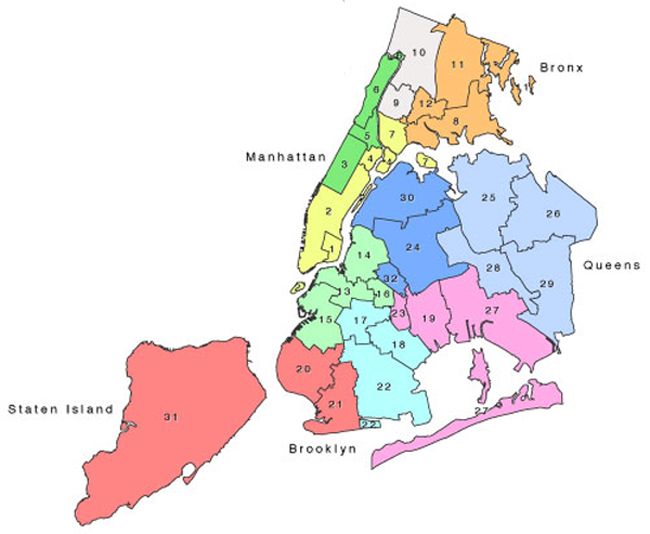| |
|
|
| |
|
|
| |
| |
|
|
| |
|
|
| NYC follows a Lake Wobegon strategy when presenting information about schools: They all seem to be above average learning places. Three strategies create the effect: |
| |
• Student test scores are normalized within a “Comparison Group.” A comparison group is a set of similar schools; so, a failing school which manages to slightly outperform its even more incompetent peers actually appears to rate as well as – or even higher than – an excellent school which suffers the misfortune of scaling against the very best institutions.
|
|
| |
• Student test scores are obscured by an avalanche of data concerning “Student Progress toward Goals.” Unfortunately, these goals differ by school, again creating the possibility that modest success at a poor institution registers as superior to significant success at an excellent school.
|
|
| |
• Student test scores are confused by impenetrable category language: “Metric values” are distinct from “metric scores,” and it’s not immediately clear why the word “metric” is even necessary, or what the difference is between a “value” and a “score.” |
|
| Rank Schools boils off all the adjustments and obscurity, and presents raw scores on standardized tests so parents can discern which institutions attract the best students. |
| |
|
|
|
 |
|
| |
Archive: Data from past cycles |
|
|
|
| |
|
|
|
| |
|
|
|